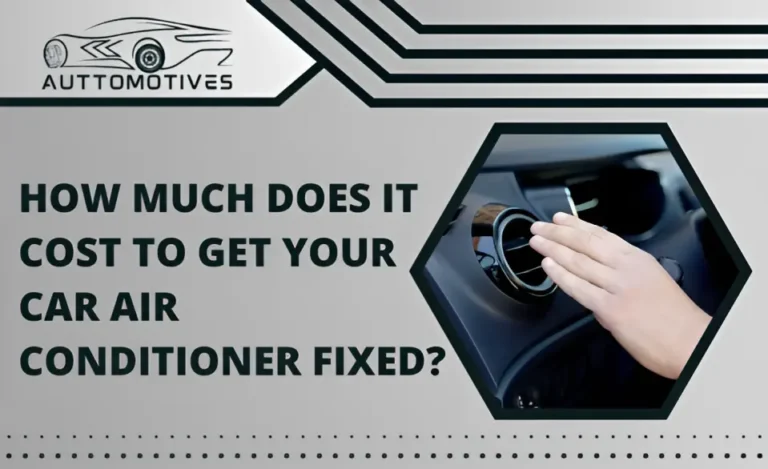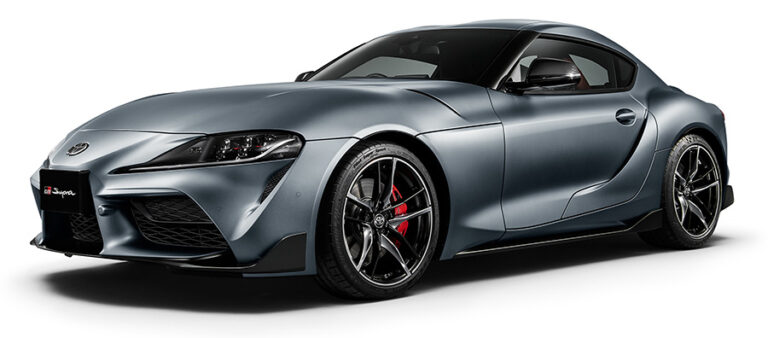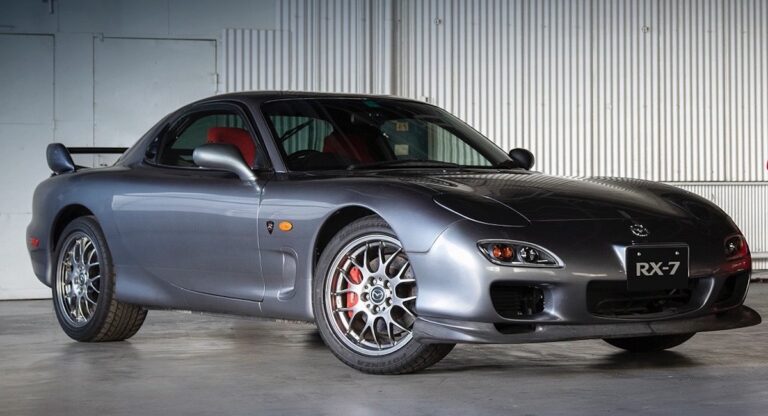How to Fix Peeling Paint on Car Bumper | Step by Step Guide
A car’s bumper not only protects the vehicle but also adds to its aesthetic appeal. with time and exposure to harsh weather conditions, the paint on the bumper may start peeling off. This can be an eyesore and affect the overall appearance of the car. If you are facing a similar issue, don’t worry! There are several ways How to Fix Peeling Paint on Car Bumper without having to replace it entirely. We will guide you through some simple steps that you can take to restore your car’s bumper and make it look as good as new. Whether you’re a DIY enthusiast or prefer leaving it in the hands of professionals, we’ve got you covered!
How to Fix Peeling Paint on Car Bumper?

If you own a car, chances are you have experienced the problem of peeling paint or scratches on your car bumper. It is an unsightly issue that can make your vehicle look old and worn out. there are several ways to fix peeling paint on car bumpers. Here are some steps for you:
Examine and Clean the Area:
The first step in fixing peeling paint on a car bumper is to examine and clean the affected area. Thoroughly inspect the surface for any rust or corrosion that may have caused the peeling paint. Once you’ve identified these areas, use sandpaper or a wire brush to remove any loose paint or rusted spots. Use soap and water or a degreaser to clean the area thoroughly and ensure there’s no dirt or grease left behind. After cleaning, rinse the area with water and let it dry completely before moving on to step two.
Sand the Area:
Fixing peeling paint on your car bumper is sanding the affected area. This step prepares the surface for new paint by removing any loose or flaking paint and creating a smooth surface for adhesion. Make sure to choose a fine-grit sandpaper to avoid damaging the surrounding areas of your car’s bumper.
Start by wiping down the area with a clean cloth to remove any debris or dirt. Then use light pressure when sanding in circular motions until all traces of loose or flaking paint are removed from the bumper’s surface.
Prime It:
Priming is an essential step in any paint job because it creates a smooth and even surface for the final coat of car paint. To begin, use 220-grit sandpaper to gently sand down the entire bumper area that needs to be painted. This will remove any remaining loose or flaking paint and create a rough surface for the primer to adhere to.
Once sanded, wipe down the area with a clean cloth or tack cloth to remove any dust or debris left behind by sanding.
Paint and Clear Coat the Surface:
The fourth step in fixing peeling paint on a car bumper is painting and clear coating the surface. After sanding and priming the surface, apply spray paint in light, even coats to get an even finish. Hold the can about 8-10 inches away from the surface while spraying. Allow each coat of spray paint to dry for about 15 minutes before applying another coat. Once you have applied enough coats of spray paint, wait for at least 24 hours before applying clear coat over it.
What is the Cost to Replace or Repair a Car Bumper?

Whether it’s a fender bender or a more severe collision, bumpers are often the first line of defence against damage to your vehicle. If you find yourself in this situation, you may be wondering what the cost is to replace or repair your car’s bumper.
The cost of replacing or repairing a car bumper can vary greatly depending on several factors such as the severity of the damage, make and model of your vehicle, and where you take it for repairs.
Minor damages like small dents and scratches can usually be repaired with paint less dent removal techniques for around $50-$150. if there is significant damage that requires replacement parts and extensive labour work, costs can range from $500-$2,000 or more depending on how high-end your vehicle is.
How Can I Prevent My Car’s Paint from Chipping?
There are several steps you can take to prevent your car’s paint from chipping.
- Practicing safe driving habits can go a long way in preventing damage to your car’s paintwork.
- Avoid tailgating other vehicles as this increases the risk of rocks and debris being kicked up by their wheels.
- Try not to drive too close to construction sites or gravel roads where loose stones may be present.
- Parking in a covered area such as a garage or under a carport will protect your vehicle from harsh weather conditions like hail storms which can cause significant damage to the exterior of your car.
How do You Fix Peeling Paint on Metal?
Peeling paint on metal can be frustrating to deal with, especially if it’s on a surface that sees a lot of wear and tear. Fixing peeling paint on metal is not as difficult as you might think. The most important thing to keep in mind is that the surface must be properly prepared before repainting.
The first step in fixing peeling paint on metal is to remove all loose and flaking paint with a scraper or wire brush. This can be a time-consuming process, but it’s crucial for ensuring that your new coat of paint adheres properly to the surface. Once you’ve removed all loose paint, use sandpaper or a wire brush to rough up the remaining painted areas. This will help create a good bond between the old and new layers of paint.
Conclusion:
In above paragraphs we have discussed How to Fix Peeling Paint on Car Bumper. Peeling paint on your car bumper can be a frustrating problem. With the right tools and techniques, it is possible to fix the issue yourself without having to spend hundreds of dollars at a body shop. By following the steps outlined in this article and taking the necessary precautions, you can restore your car’s bumper to its original condition and keep it looking great for years to come.
Frequently Asked Questions:
How to Stop Car Paint From Peeling?
The best way to prevent car paint from peeling is to keep it clean and waxed. Regularly wash your car with a mild soap and water, then dry it off completely. After the car is dry, apply a quality car wax or sealant to protect the paint from environmental damage. Waxing your car every few months will help keep the paint looking new and prevent peeling.
Why Does Paint Peel Off Metal?
Paint peels off metal for a variety of reasons. One common cause is improper surface preparation prior to painting. If the metal surface has not been properly cleaned and prepped before painting, the paint will not adhere correctly, leading to premature peeling or flaking. If the paint is exposed to extreme temperatures or moisture, it can cause the paint to bubble up and peel off.







